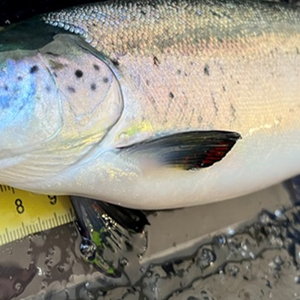The Canadian Organic Aquaculture Standards released today, are tighter than the 2010 draft version, which came under fire from environmental and conservation groups for proposing to permit the use of antibiotics and parasiticides at levels already being met by the aquaculture industry. But despite banning the use of antibiotics, herbicides and genetically modified organisms, and severely restricting the use of parasiticides, opponents claim the standards weaken the integrity of all organic labels because they include open-net fish farming, thereby presenting a risk to wild salmon.
Although the standards set requirements to control waste, including stocking rates, cleaning procedures and feed, environmental groups in particular are not satisfied.
The final standards were prepared by a special committee of the federal government's Canadian General Standards Board (CGSB) and approved by the Standards Council of Canada,
Products from open-water systems will be able to be certified in a year. The transition period for closed systems has been set at 36 months.
It is expected that this standard, which was initiated by the Canadian Organic Aquatic Producers Association (COAP) in 2001, will help industry overcome present and future trade barriers for organic aquaculture products and will help create niche markets for small- and medium-sized companies. It is also expected that governments will benefit from a consistent national standard and will be better able to defend trade agreements with Canada's trading partners. A national standard would facilitate Canada's management of organic aquaculture product imports from other jurisdictions.
Consumers' demand for certified organic products is growing for a wide variety of reasons. With the addition of organic aquaculture products there will be a better opportunity to satisfy the expectations of consumers. With a national standard the consumers will be able to verify that the products they are buying meet a consistent national standard whether they are produced in Canada or imported.










